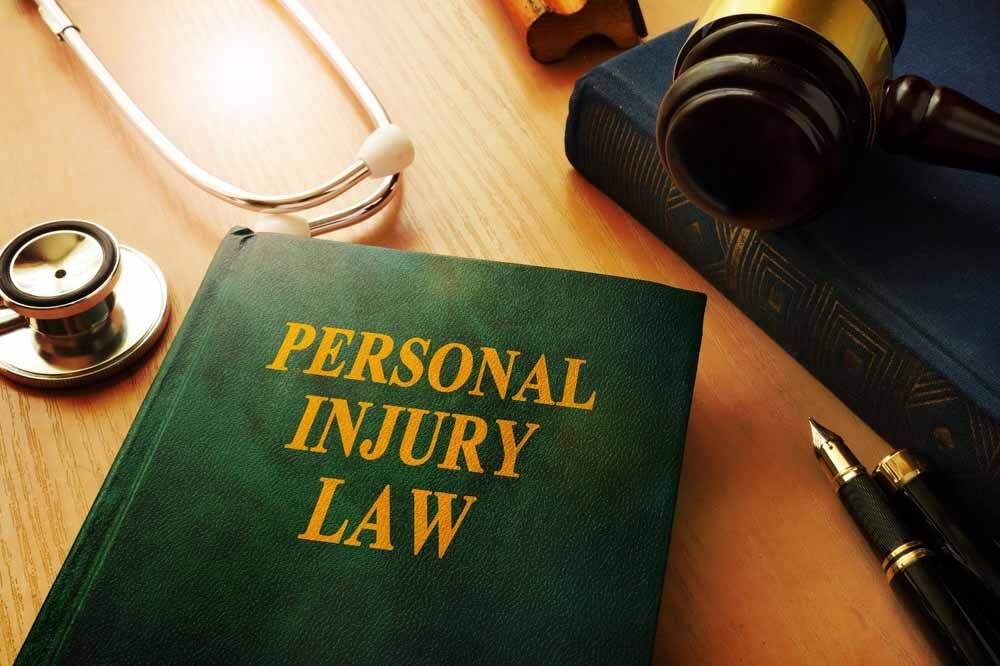Filing an Injury Claim for Whiplash After an Accident
January 7, 2019

Car, truck, and other vehicular accidents are the most common causes of whiplash due to the sudden back-and-forth flexion of your neck that occurs on impact. However, whiplash can occur after a fall or any other accident that causes your head to abruptly jerk forward and back, damaging the muscles and tendons in your neck.
Whiplash can appear immediately after an accident or take several days (or even weeks) to develop. That is why seeking medical attention immediately after such an incident is critical, even if you are not yet experiencing whiplash symptoms. Medical records, accident investigation reports, and other evidence are essential when you are filing an injury claim for whiplash after an accident.
In this post, you will learn how to identify whiplash symptoms, what compensation is available to accident victims experiencing whiplash, how to file a claim, and more.
Know the Common Symptoms of Whiplash
Get medical attention immediately after an accident so the full scope of your injuries can be explored and documented. Learn how to recognize the most common symptoms of whiplash in yourself and others:
- neck pain that may worsen with movement
- neck stiffness and loss of range of motion
- headaches that may start at the base of the skull
- dizziness
- abnormal sensations such as burning or prickling (paresthesias)
- shoulder or back pain or tenderness
Lesser Known Whiplash Symptoms
Whiplash can cause a variety of cognitive, somatic, and psychological symptoms and conditions. These include memory loss, inability to concentrate, nervousness, irritability, sleep disturbances, fatigue, and depression. Occasionally, whiplash suffers experience tinnitus (ringing in the ears), as well.
For a free legal consultation, call (866) 499-8989
Whiplash Diagnosis & Treatment: What to Expect
Because whiplash affects the soft tissues in your neck, medical professionals rely heavily on their physical examination to diagnose the condition. Medical imaging tests such as a CT scan, MRI or x-rays can help rule out fractures or other types of injuries resulting from the accident but may not be useful for diagnosing whiplash.
Instead, the examining physician may ask a variety of questions about your symptoms and risk factors. Your doctor may also ask that you demonstrate your ability to perform tasks involving your neck, shoulders, and arms. They will be evaluating:
- The range of motion in your neck and shoulders.
- The degree of motion possible before you feel pain.
- Tenderness in your neck, shoulders, and back.
- How your reflexes and the strength of your limbs may be affected.
In years past, doctors recommended using a soft foam collar to stabilize the neck during whiplash treatment. However, there are concerns that this may weaken the neck muscles. Today, foam collars are used only in specific situations, as determined by the examining medical professional. Whiplash treatment may include:
- Recommended rest and immobility.
- Alternating heat and cold on the affected areas.
- Prescription or over-the-counter (OTC) muscle relaxers.
- Range of motion exercises and physical therapy.
- Prescription or OTC non-steroidal anti-inflammatory drugs.
It is vital that you rest, follow your doctor’s medical advice, and allow the muscles and tendons in your neck to heal. Most whiplash victims can return to work and their regular routine within a few weeks.
For some victims though, whiplash can cause suffering for months or years after the accident. Chronic pain, diminished earning capacity, and a restricted range of motion can persist for years.
Types Compensation for Whiplash
Whether your whiplash symptoms are short-lived or longer lasting, the financial impact can be devastating. When your whiplash was caused by an accident due to someone else’s negligence, carelessness, or recklessness, you deserve compensation for your damages.
Compensation is available for:
- medical bills and prescriptions
- lost time at work
- physical therapy and rehabilitation
- the costs of ongoing treatment
- future medical expenses as a result of the whiplash
Each case is unique as are the settlement payouts; proving damages and liability are critical to the success of your whiplash claim.
Click to contact our personal injury lawyers today
Filing an Injury Claim for Whiplash After an Accident
Protect your right to compensation by taking these crucial steps after your accident:
- Seek medical treatment immediately.
- Begin documenting everything you can about the accident, the other driver, your medical treatment, and the expenses you are incurring.
- Contact us at Zanes Law for your free initial consultation. Insurance companies try to limit the amount payable to accident victims. They know that you may be missing work and have additional expenses as a result of the accident and are hoping that the financial stress will pressure you to accept their lowest offer. We will make sure you are fully informed of your rights and fight passionately for the compensation you deserve.
You do not have to navigate the system alone. Give Zanes Law a call at 866-499-8989, and we will meet with you in your home or hospital room to learn more about your case and begin the process of filing an injury claim for whiplash after an accident.
Call or text (866) 499-8989 or complete a
Free Case Evaluation form
